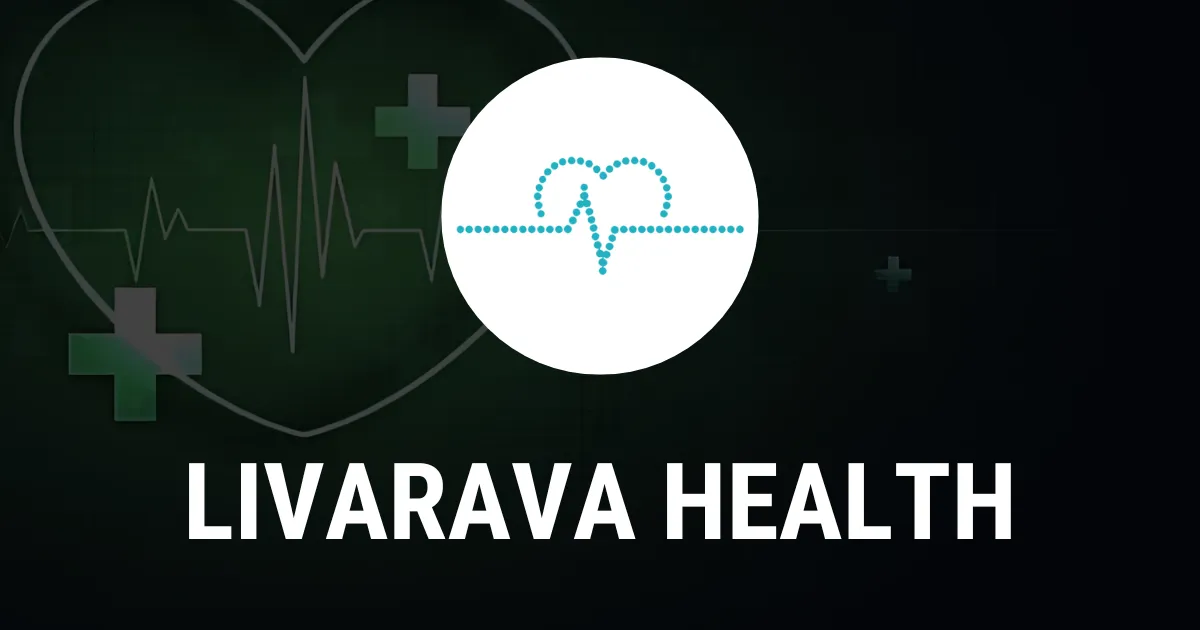Tooth Decay in California Children: Medi-Cal's Ongoing Challenges

Understanding the Ongoing Tooth Decay Crisis
Tooth decay remains a significant problem among California's children, particularly those from low-income families. Despite promises made by Medi-Cal nearly a decade ago, many children are still without necessary dental care. This ongoing issue poses serious risks to their overall health and well-being.
Key Statistics and Insights
- Over 60% of low-income children in California experience tooth decay.
- The state’s efforts to improve dental care access have not met expectations.
- Untreated dental problems can lead to complications beyond oral health.
The state must prioritize improving dental services for children to mitigate the long-lasting implications of tooth decay.
Implications for Children's Health
Addressing tooth decay among California's children is not only essential for their dental health but also for their general development. K-12 education systems face challenges when students suffer from dental pain, affecting their concentration and learning capabilities. Low-income families often lack access to sufficient dental resources, exacerbating these issues.
Disclaimer: The information provided on this site is for informational purposes only and is not intended as medical advice. We are not responsible for any actions taken based on the content of this site. Always consult a qualified healthcare provider for medical advice, diagnosis, and treatment. We source our news from reputable sources and provide links to the original articles. We do not endorse or assume responsibility for the accuracy of the information contained in external sources.
This article was prepared using information from open sources in accordance with the principles of Ethical Policy. The editorial team is not responsible for absolute accuracy, as it relies on data from the sources referenced.